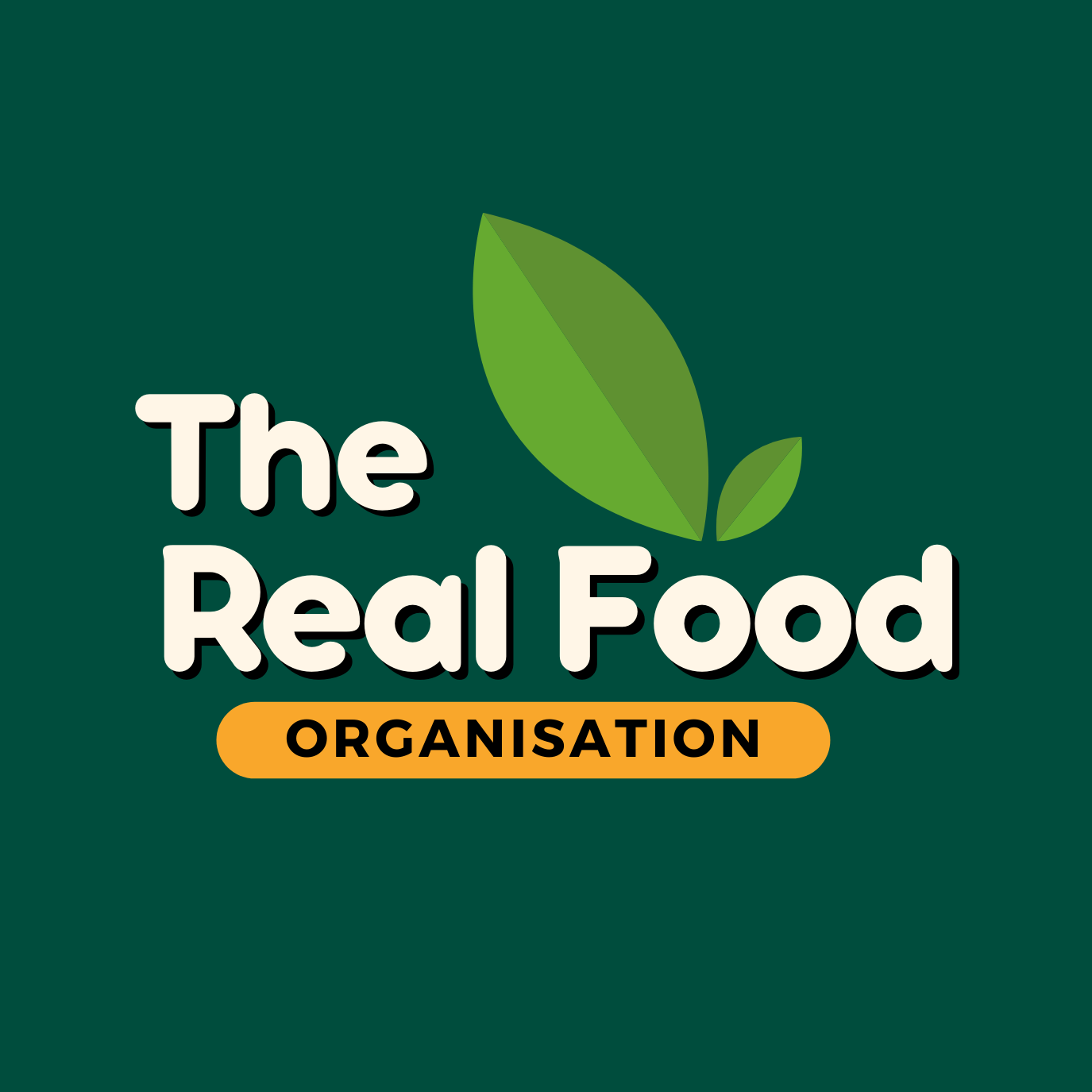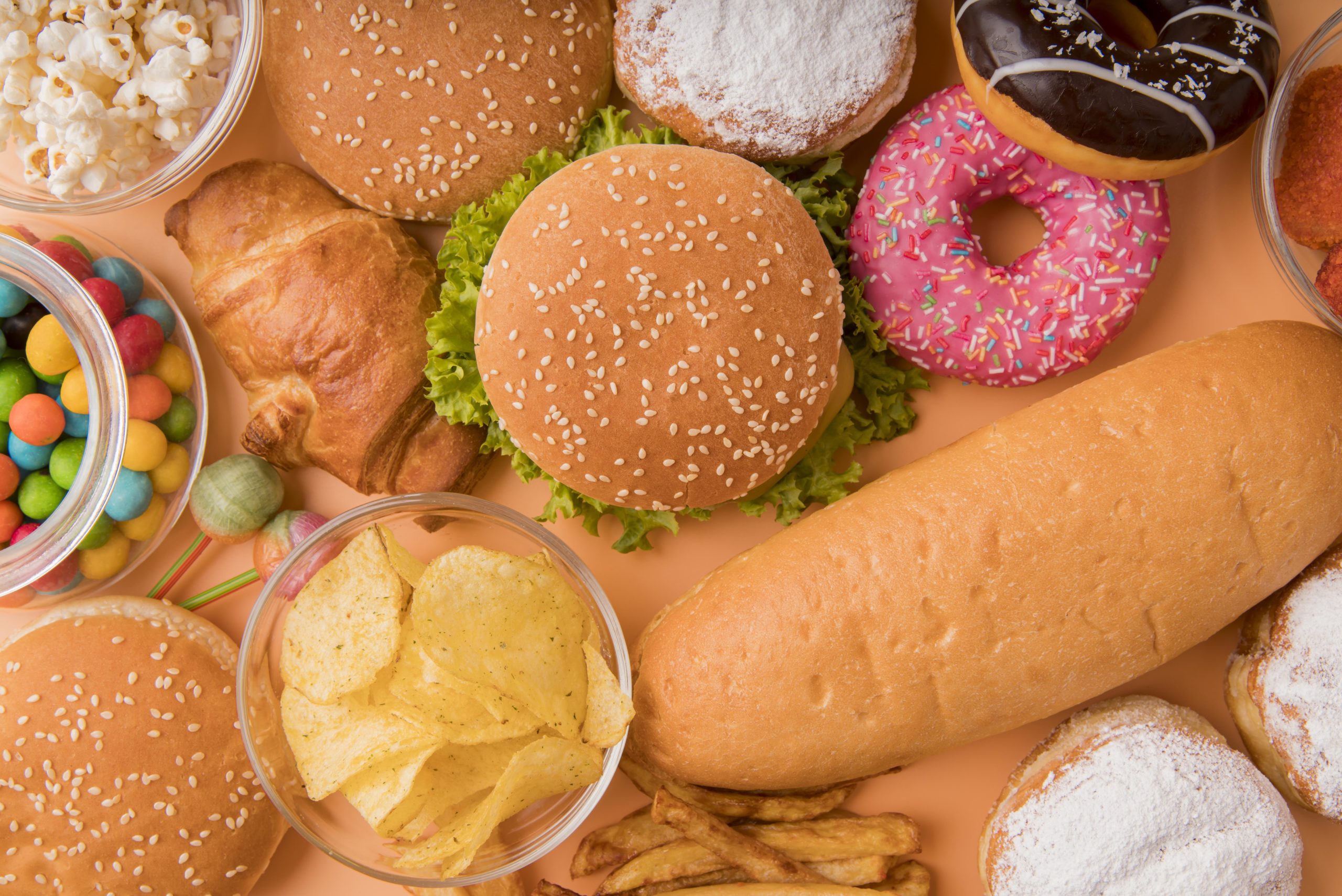In the contemporary food landscape, ultra-processed foods (UPFs) have become a ubiquitous and concerning part of the modern diet. The consumption of these highly processed products has been associated with a litany of health problems, including obesity, type 2 diabetes, heart disease, and stroke. To gain a deeper understanding of UPFs and how they are classified, let’s explore the NOVA system, a comprehensive framework devised by Brazilian nutrition scientist Dr. Carlos Augusto Monteiro and his research team in the early 2010s. This guide provides insights into the definitions of ultra-processed foods, their impact on health, and practical tips for making healthier dietary choices.
What Defines Ultra-Processed Foods?
Ultra-processed foods, or UPFs, represent a distinct category within the broader spectrum of processed foods. They are distinguished by a series of key defining characteristics:
- Extensive Industrial Processing: UPFs undergo multiple stages of industrial processing, including extraction, purification, and chemical alteration of ingredients. This starkly contrasts with minimally processed or whole foods that maintain their natural state.
- Additives: These foods are laden with additives such as artificial flavours, colours, emulsifiers, and preservatives. While these additives enhance taste, texture, and shelf life, they may come at the cost of health concerns.
- Minimal Resemblance to Whole Foods: In most cases, UPFs bear little similarity to their original natural ingredients. For example, a highly processed cereal bar may contain minimal whole grains and fruit but an array of refined grains, sugars, and artificial flavourings.
- Excessive Sugar, Fat, and Salt: Ultra-processed foods commonly contain disproportionate amounts of added sugars, unhealthy fats, and salt. These ingredients contribute to the hyper-palatability of UPFs, making them easy to overconsume.
- Convenience and Shelf Life: Designed for convenience and prolonged shelf life, UPFs are readily available and budget-friendly, catering to our fast-paced lifestyles by providing quick and effortless meal and snack options.
- Nutrient-Poor: Despite their caloric content, UPFs are often nutrient-poor, lacking essential vitamins, minerals, and dietary fibre. While they provide energy, they contribute little to our nutritional needs.
- Low Satiety: Due to their high energy density and low satiety, UPFs can lead to overeating and subsequent weight gain.
The emergence of UPFs on the global stage has mirrored broader shifts in dietary preferences, resulting in their widespread consumption.
The NOVA System: A Framework for Classifying Foods
The NOVA system, devised by Dr. Carlos Augusto Monteiro and his team, serves as a comprehensive framework for categorizing foods based on the extent and purpose of their processing. It organizes foods into four distinct groups:
- Unprocessed or Minimally Processed Foods: This category includes whole foods like fresh fruits, vegetables, grains, nuts, and meats, which have undergone minimal processing and are typically limited to cleaning, portioning, or simple cooking.
- Processed Culinary Ingredients: These are processed foods like oils, fats, sugars, and salt, used in home cooking to prepare dishes. They are typically not consumed independently but play a vital role in food preparation.
- Processed Foods: This category includes foods that have undergone more extensive processing, which may include the addition of preservatives, flavourings, or other culinary ingredients. Examples include canned vegetables, cheese, and bread.
- Ultra-Processed Food and Drink Products: This group encapsulates the highly processed foods at the heart of our discussion. UPFs typically comprise a medley of ingredients, including sugar, unhealthy fats, and additives. They are designed for convenience and are ready-to-eat or drink. Examples of UPFs encompass sugary soft drinks, fast food items, and various snack products.
The NOVA system provides a nuanced understanding of food and aids researchers, policymakers, and consumers in identifying the different categories of processed foods and their potential impact on health.
Significance of the NOVA System
The NOVA system is instrumental in promoting healthier diets and reducing the consumption of UPFs. It can be applied in various ways:
- Policy Development: The NOVA system provides a foundation for creating and implementing policies aimed at discouraging the consumption of UPFs. This includes levying taxes or other financial disincentives on ultra-processed products.
- Consumer Education: The system educates consumers about the various categories of processed foods, empowering them to make informed choices regarding their dietary intake and its potential health consequences.
Conclusion: Making Healthier Dietary Choices
Ultra-processed foods appear to represent a significant public health concern, and understanding their characteristics and classification is paramount to making informed decisions about what we consume. By identifying UPFs and adopting a diet that prioritizes minimally processed or whole foods, individuals can reduce their risk of developing chronic diseases. The NOVA system is a valuable tool in this endeavour, enabling both policymakers and consumers to work towards a healthier and more balanced food environment. As we navigate the complex world of modern nutrition, the NOVA system and its insights into ultra-processed foods provide us with a compass to steer towards better health and well-being.

